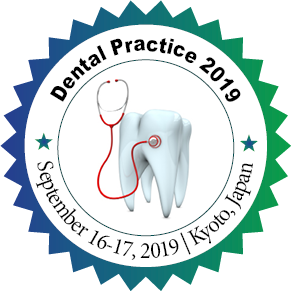Shahriar Eftekharian
Shahed University of Medical Sciences, Tehran, Iran.
Title: Investigating the relationship between the position of maxillary impacted canine and adjacent root resorption in Cone Beam Computed Tomography (CBCT)
Biography
Biography: Shahriar Eftekharian
Abstract
Introduction and Objectives: The presence of impacted canine (IC) can cause malocclusion or pathologic problems in adjacent teeth. Considering the importance of identifying the canine and its adjacent root resorption in orthodontic treatment, as well as the lack of studies, the aim of this study was to investigate the relationship between the position of maxillary IC and adjacent root resorption (ARR) in Cone Beam Computed Tomography (CBCT).
Methodology: In this study, 30 radiographic clichés were evaluated with the New Tom software. The angles between the longitudinal axis of the maxillary IC and the longitudinal axis of the central and lateral teeth adjacent to IC, and the angle between the longitudinal axis of the maxillary IC with the functional occlusal plan were measured, and then the data were analyzed for investigation the relationship between the position of maxillary IC and the ARR.
Findings: Women with the prevalence of 73.3% and the age group of 15-14 years with the prevalence of 36.7% had the most prevalent of IC. Position of IC was palatal in 80% of cases. 13.4% of the samples had degrees of ARR. In addition, age and gender had no significant correlation with the ARR, and the relationship between unilateral or bilateral of IC and ARR and relationship between position of IC and ARR were not statistically significant.
Conclusion: The results of this study demonstrated that the ARR of IC is independent of age, sex, unilateral or bilateral and position of impaction.

